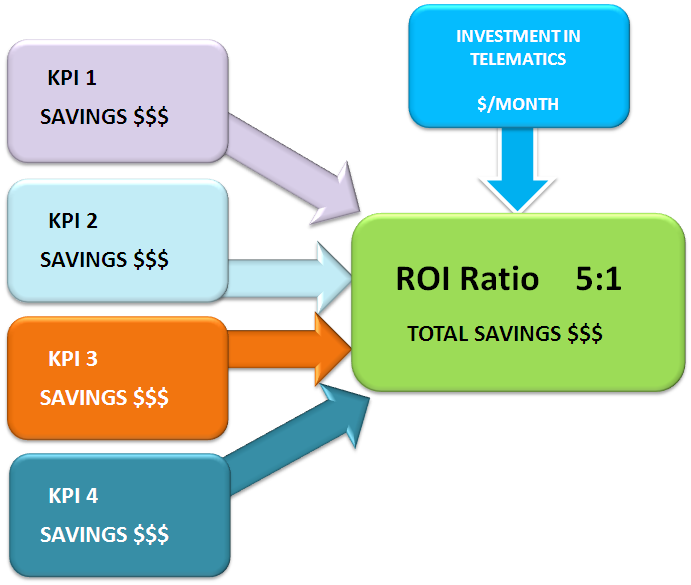Professional services help improve fleet management
Understanding company requirements, challenges, and technical goals are some of the key responsibilities for professional services teams.

Dec 28, 2023

Many companies are aware that the implementation of a telematics fleet management system is very useful in terms of cost reduction, security, and quality of service offered to their customers. But in many cases, they lack the necessary experience to implement these solutions within their organization, such as communications to drivers and unions, changes within management processes, full demonstrations of ROI, and training activities. For these reasons, many resellers offer professional services to their customers.
Understanding company requirements, challenges, and technical goals are some of the key responsibilities for professional services teams. Professional services consultants help customers during these processes in the following ways:
- Business Case Production: Analysis of customer needs and KPIs (Key Performance Indicators), recommendations, and demonstrations of the functionality of the solutions.
- Implementation: PID (Project Initiation Documentation) production, direct person of contact for the project, improving end-to-end control of implementation, and fully documenting the process.
- Change Management: Communication programs, collaboration with customer’s human resources/operations, and production of a best practices manual.
- ROI Consulting: Benchmarking in several areas, demonstrating tangible savings, tracking obtained improvements weekly, and detecting non-compliance areas.
- Training activities: Several levels of training including management, administrators, middle managers, drivers, and best practices manuals to maximize the systems benefits on specific areas.
One of the most common professional service team activities is the demonstration of tangible benefits during a pilot program. This is a challenging activity as benefits should be demonstrated with a reduced number of vehicles/drivers in a relatively short period of time (typically a few months). It is the best way to demonstrate the solution benefits to the potential customer. Benefit areas are very different and can vary depending on customer activity and targets.
This is an example of ROI calculation applied to several KPIs:

In this example we have a 5:1 ROI ratio, which means that for every $ invested in the solution, the customer gets $5 back.
The most typical areas of potential benefits (KPIs) are:
- Maintenance: Servicing, wear & tear
- In-Day Efficiency: Reactive planning, route analysis, plan variance
- Route Planning: Optimization, calibration, visualization
- Utilization: Use percentage, time at location, short term hiring, territory straying
- Out of Hours: Tax compliance, overtime validation
- Risk and Duty of Care: Driver behavior, speeding, CO2 emissions, insurance
- Fuel: Consumption, idling, driver behavior
- Contract Adherence: Billing evidence, SLA compliance
Geotab's fleet management solutions help companies measure their KPIs in order to improve driver and fleet performance.
Let us know what you think about this post, leave a comment in the box below, or share this post on social media.
Subscribe to get industry tips and insights

Antonio Venutelli is a Partner Account Manager, Strategic Accounts for Geotab.
Subscribe to get industry tips and insights
Related posts

The $4B Crisis: Video Intelligence as the Answer to Fleet Distraction
December 2, 2025
3 minute read

The True Cost of Cargo Theft: When Customer Trust is on the Line
November 24, 2025
2 minute read

Law enforcement technology: Four trends to know for 2026
November 7, 2025
6 minute read

Four seasons of fleet intelligence with Geotab's Public Works solution
November 7, 2025
2 minute read

Infographic: What are the ripple effects of school bus driver turnover?
November 6, 2025
1 minute read

Slash fleet costs: Key strategies for a stronger police budget
October 14, 2025
5 minute read